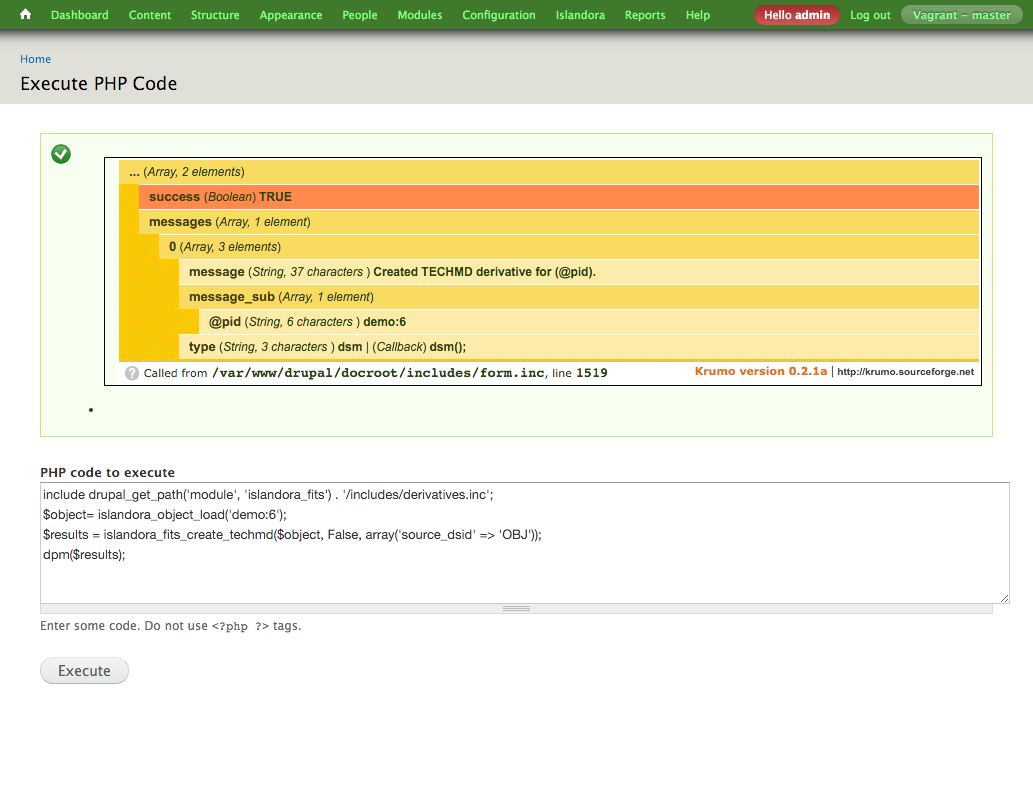

Pass kint() a specific variable instead of making it roll through the whole tree ( by Sssweat below). Often, one of the first tools most developers use is the ability to output variables using the 'Devel Kint' module (part of the Devel project ). Instead of using kint(), create a preprocess function and use a debugger to explore the variables. You can click the right arrow to open the output in a new window for easier viewing (like when the output is in a block). at 10:34 UTC Jump to comment: Most recent, Most recent file Problem/Motivation The krumo library is not maintained anymore, and it's getting outdated. Now, we can start installing Drupal projects, like modules and themes.
#Drupal devel kint update#
going to completely split the configuration for Database Logging, Devel, Kint and. Install, Uninstall and Update Modules/Themes/etc.
#Drupal devel kint install#
Optionally, download and install the Devel Kint Extras module to search the nested variable. Still lost You use it to see what’s inside variables. An essential addition to your development toolbox. Easy to use, but powerful and customizable.

In other words, it’s vardump () and debugbacktrace () on steroids.

In a preprocess function, add the following: (by on Slack) kint_require() īe sure to never click the + sign, that shows the entire tree. One of the many great features introduced in Drupal is configuration. Ksm() function prints kint() output in the message region. What is it Kint for PHP is a tool designed to present your debugging data in the absolutely best way possible. There are two other ways other users have mentioned for setting the max output levels in addition to the settings.php method mentioned in the question, plus a couple other ideas below:Ĭreate a /modules/contrib/devel/kint/kint/config.php file and add / modify the line $_kintSettings = 3 (by on Slack)


 0 kommentar(er)
0 kommentar(er)
